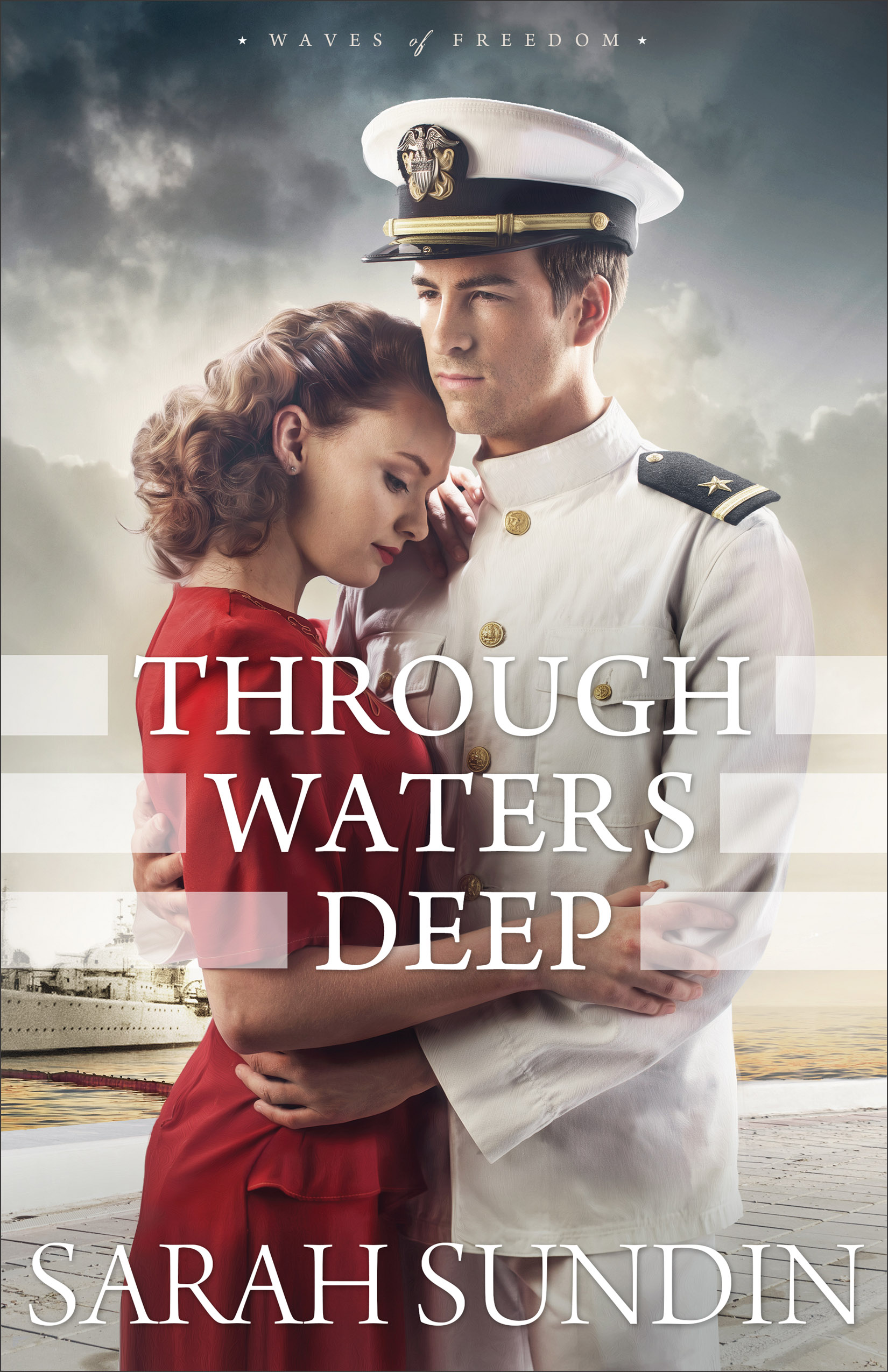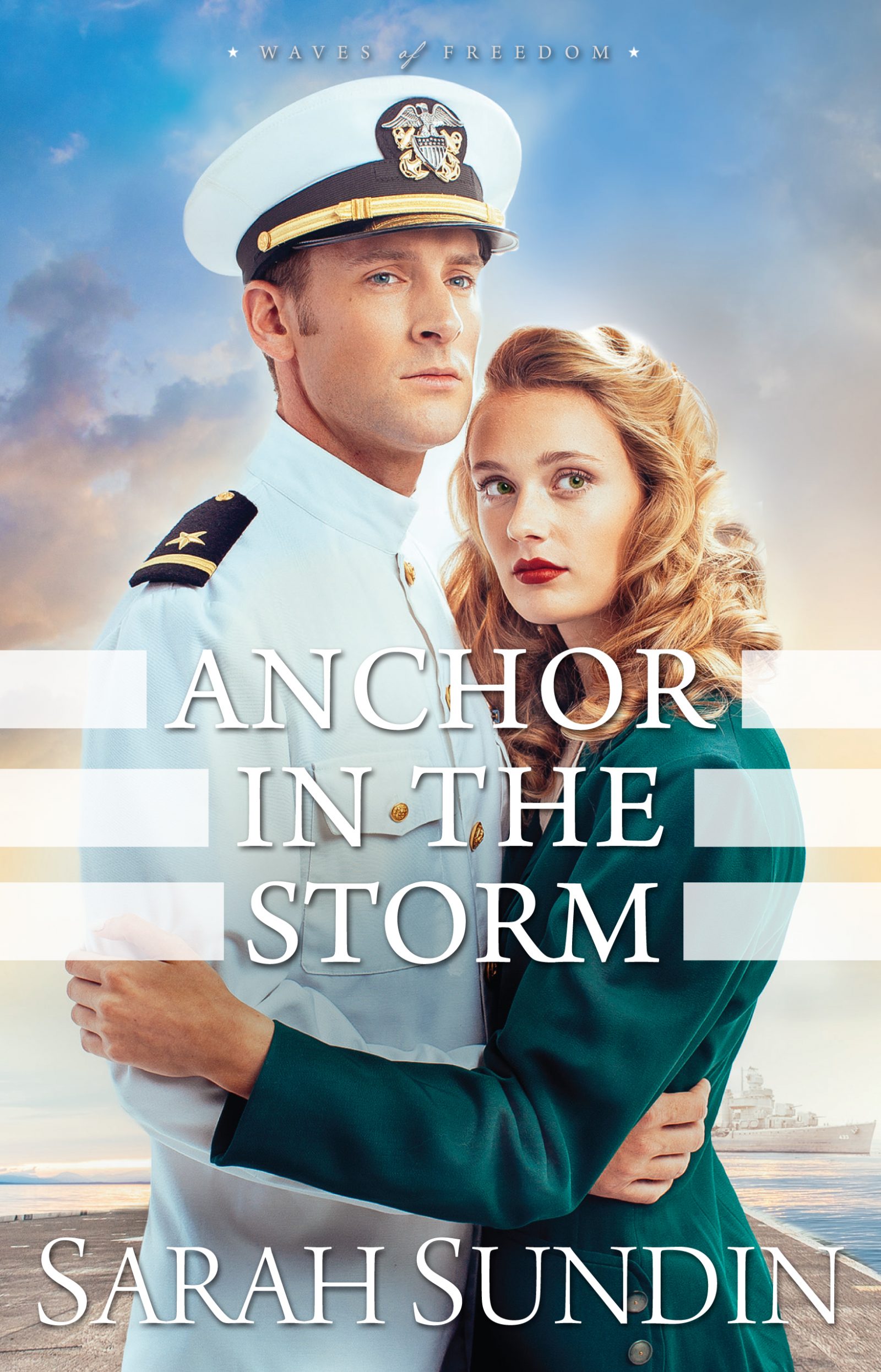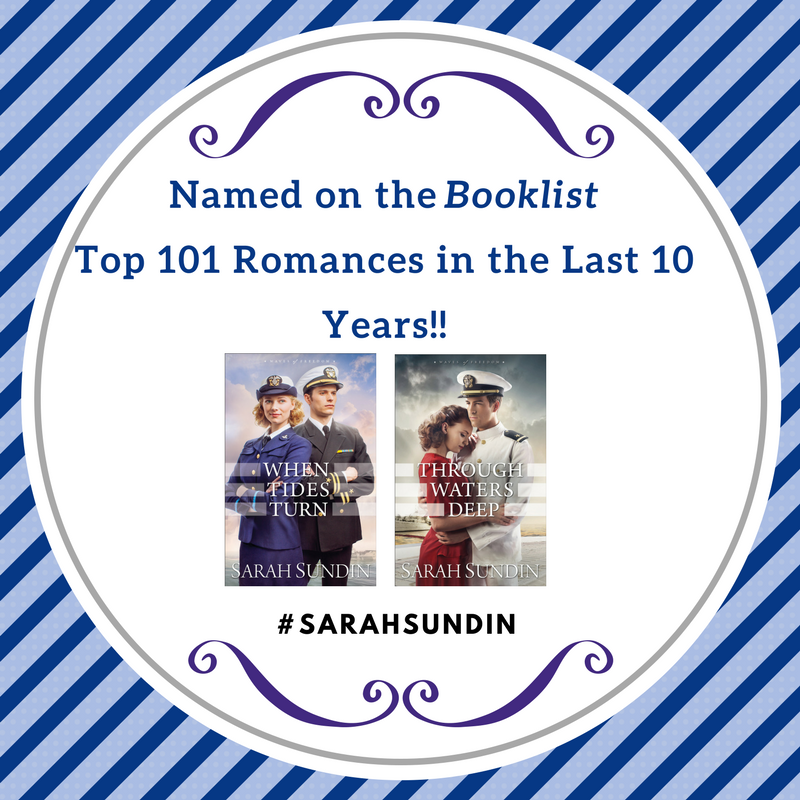Waves of Freedom
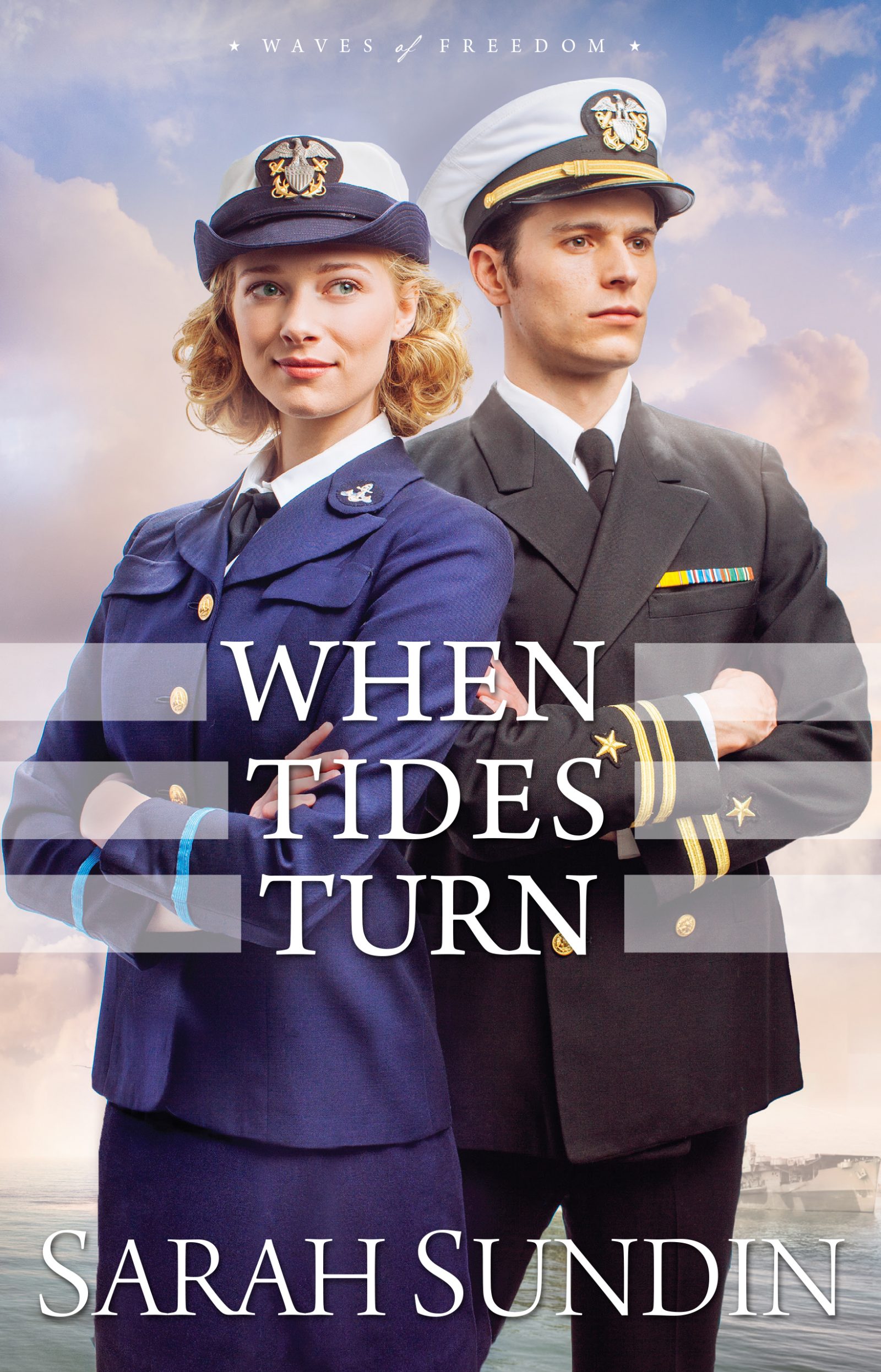
When Tides Turn
Book 3 in the Waves of Freedom Series
When Quintessa Beaumont learns the Navy has established the WAVES program for women, she enlists, eager to throw off her frivolous ways and truly contribute to the US effort in World War II.
Determined to make admiral, Lt. Dan Avery employs his skills to fight U-boats, and the last thing he wants to see on his radar is fun-loving Tess.
When Tess is assigned to work with Dan at the Anti-Submarine Warfare Unit in Boston, she finds her affections drawn by the no-nonsense officer, realizing he sees her as the greatest nonsense of all.
As she works hard to prove her worth as a WAVE, she also investigates strange happenings in her friend Yvette Lafontaine’s group of French ex-patriates.
Is there a spy in their midst? And has that spy infiltrated the anti-submarine research group?
When Dan is assigned to a new escort carrier at the peak of the Battle of the Atlantic, he is torn between his lifelong career goals and his desire to help Tess on shore. While the German Navy challenges Dan’s skills, the changes in Tess challenge his notions—and his heart.
*Starred Review* Sundin consistently delivers a buoyant richness in her writing as she balances intrigue and romance with suspense and faith. The romantic agony of forbidden love makes for a delicious finale, and the entire series . . . is an inspiring and triumphant labor of love.
*Four Stars* “The third and final novel in Sundin’s Waves of Freedom series immerses readers in 1942 wartime Boston. Quintessa is a fascinating character, and everything about the developing romance between her and Dan is realistic, heartwarming and humorous. Tess’ ability to make light of a situation is the perfect balance with Dan’s stodgy behavior. Sundin’s research is stellar; the information and detail about the Navy and the WAVES during this time period is thoroughly engrossing.”
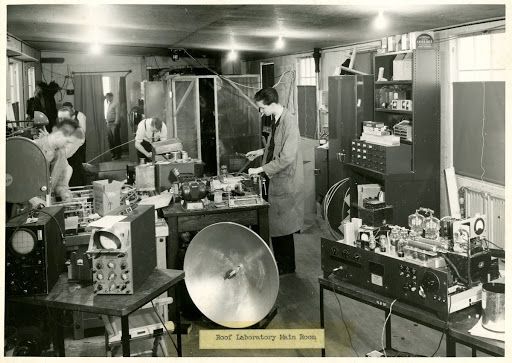
Dan’s naval story was inspired by the peak of the Battle of the Atlantic, culminating in the devastating convoy battles in March 1943 and in the turning point in May 1943. A key feature in the turning point was the combination of technology and air cover, so placing Dan in the Anti-Submarine Warfare Unit -and the associated Radiation Laboratory (Rad Lab) at MIT – was logical. (See pictures of the Rad Lab here)
Tess’s story was inspired by the establishment of the WAVES (Women Accepted for Volunteer Emergency Service) on July 30, 1942. When I read that the women were originally not allowed to marry Navy men—and that the policy was reversed on March 6, 1943, in the timeframe of my novel—I knew I had my story.
All locations are real, with the exception of Robillard’s Bakery. Also, the place names in Boston date from the 1940s—thus, the Boston Navy Yard instead of the current Charlestown Navy Yard, the “El” or the “subway” instead of the “T,” and the subway station names.
Since I used real ships and units in this novel, many real-life naval personnel appear as well. In the ASWU, all characters are fictional except Cdr. Thomas Lewis. On the USS Cleveland, USS Wilkes, and USS Bogue, all personnel are real except Dr. Stern, Lt. Clive Sinclair, and gunners Ray and Beecher. Dan’s mentor, Rear Adm. Aloysius Howard, is fictional.
Other real-life people mentioned in the book include Dr. Harold Ockenga of Park Street Church, Capt. Herbert Underwood of the Naval Reserve Midshipmen’s School at Smith College, Rear Adm. Robert Theobald at the Boston Navy Yard, and bandleaders Jack Edwards and Frankie Masters. It always feels odd to put fictional words in the mouths of real people, and I did my best to show respect to these men who are my heroes.
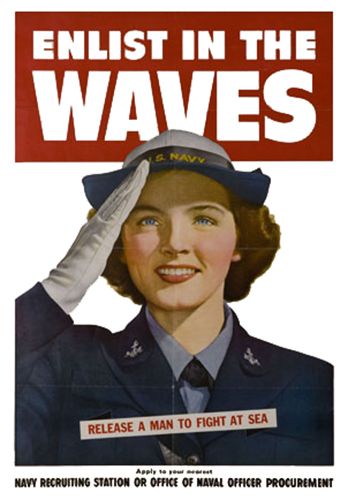
While the specific French expatriate group and the spy ring in the story are purely fictional and not based on historical incidents, there were indeed groups dedicated to helping France and there were definitely German spies in the US. The OSS (Office of Strategic Services, the precursor of the CIA) was indeed established on June 13, 1942 for the purpose of coordinating intelligence gathering and training spies.
It was great fun writing about the WAVES (Women Accepted for Volunteer Emergency Service), which was established on July 30, 1942. Although the Navy was initially reluctant to take women, the WAVES quickly proved their worth. By the end of the war, 86,000 women served at 900 various stations in dozens of positions.
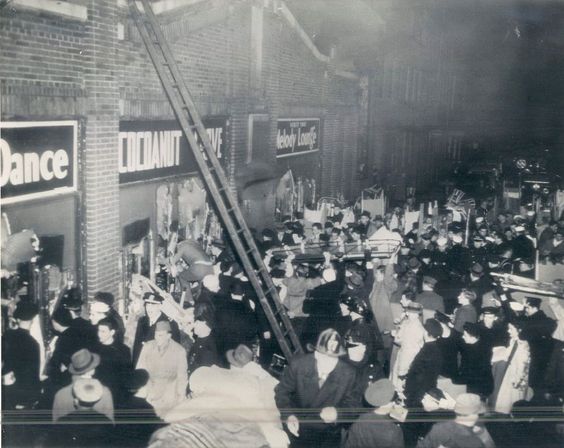
Sadly, the Cocoanut Grove Fire was a real event, taking the lives of 492 men and women in one of the deadliest fires in American history. In the story, I used the initial figure of 490 deaths that was reported at the time. The theory that a busboy accidentally started the fire with a match while changing a lightbulb is still held as the most likely cause, and the nightclub’s policy of keeping emergency exits locked or blocked to prevent theft led to hundreds of tragic deaths. However, as with many disasters, this led to major reforms in fire safety.
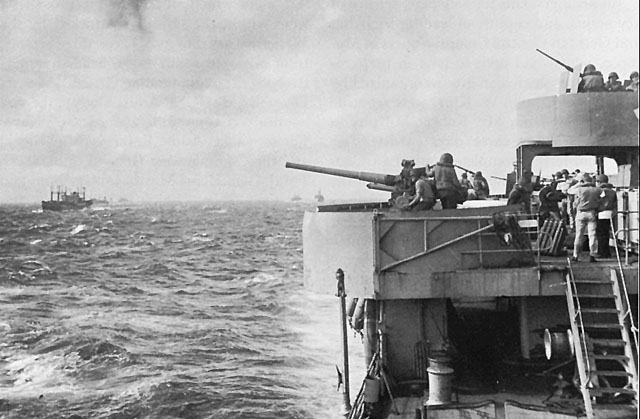
The events recorded during Operation Torch in the landings near Casablanca, Morocco are drawn from the historical record. One of my previous novels, With Every Letter, involved the landings in Algeria during Torch, so I enjoyed exploring another angle of this important event.
In Dan’s story, the Anti-Submarine Warfare Unit and the ships USS Cleveland, USS Wilkes, and USS Bogue were all real. The war diaries of the latter two ships helped me describe their accomplishments. The auxiliary carriers (renamed escort carriers—CVEs—on July 15, 1943) played important roles in Operation Torch and in the Battle of the Atlantic, eventually forming the nucleus of the hunter-killer groups that would turn the U-boats from hunters to prey. (See the question about the USS Guadalcanal and the U-505 below).
The Battle of the Atlantic peaked in March 1943, when the U-boats sank 95 ships. The German Navy began using a new Enigma code on March 10, temporarily blinding the Allies to U-boat activities during this crucial and deadly time period. May 1943 represents the turning point in the Battle of the Atlantic, when U-boats sank 41 ships, but 44 Axis subs were lost. The improvements in air cover, convoy escorts, radar, High-Frequency Direction-Finding equipment, and intelligence all contributed to these successes. On May 24, 1943, Adm. Karl Dönitz withdrew his U-boats from the North Atlantic, officially ending the battle. Although the U-boats remained active until V-E Day in May 1945, they never again posed as serious a threat. Victory in this battle allowed American and Canadian troops to safely cross to Britain to prepare for D-Day in June 1944.
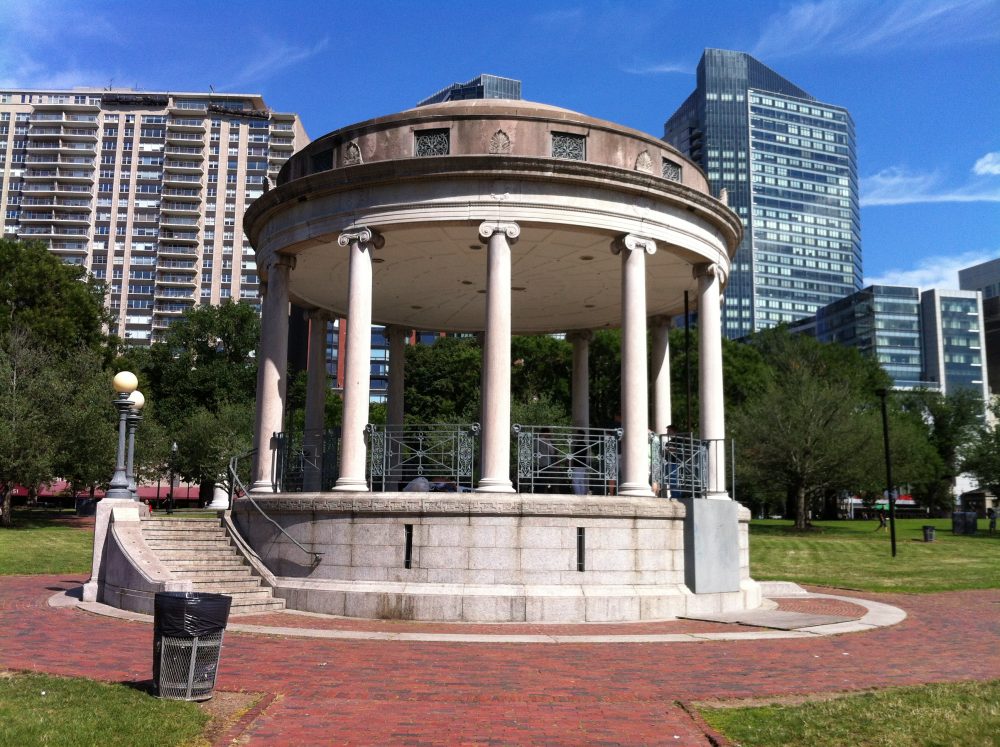
Please see my blog series, where I share photos from my research trip to Boston:
Boston Common and Public Garden
Paul Revere House and Old North Church
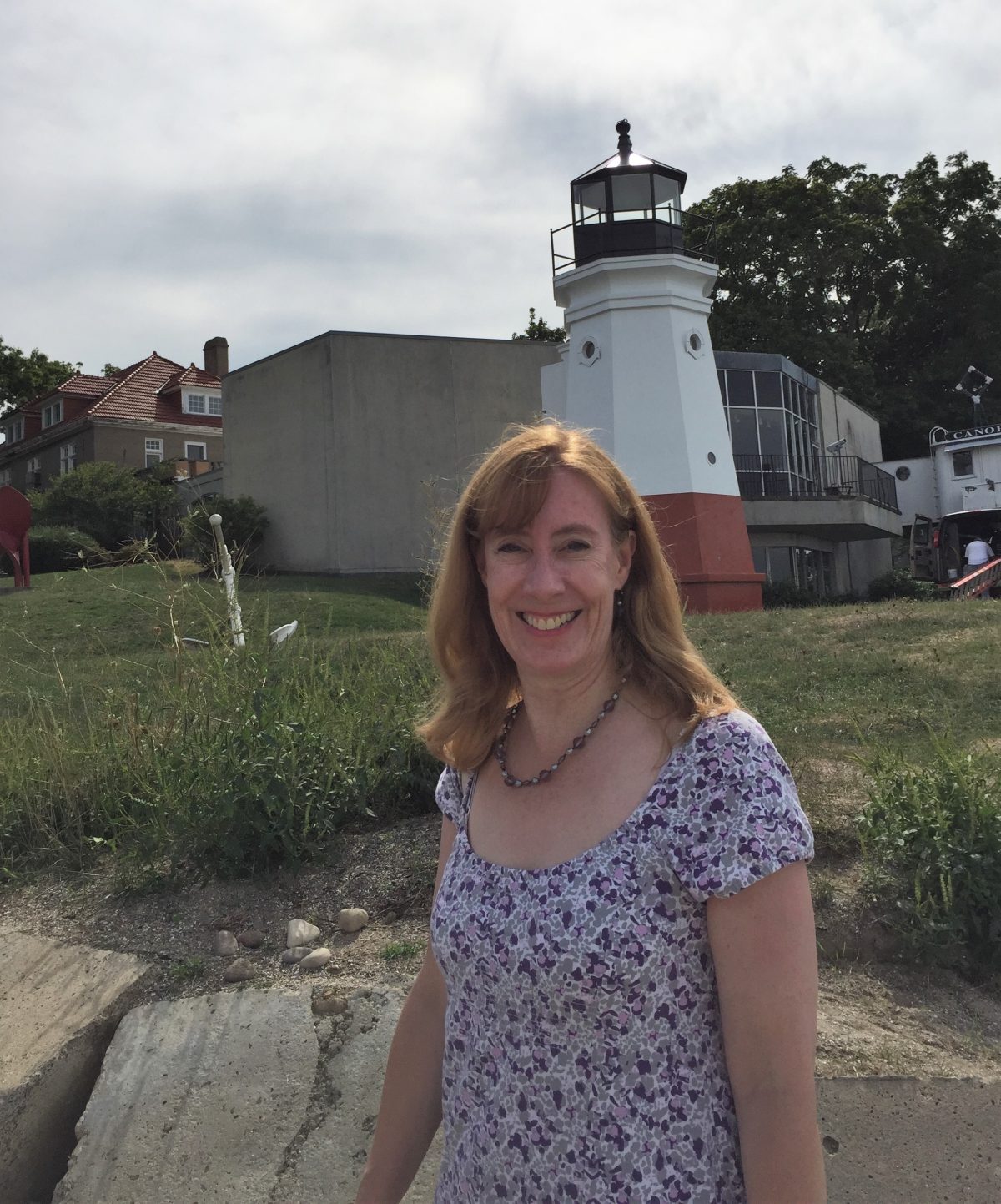
I do! We were able to spend a delightful day in Vermilion in August 2016. So of course, I took gobs of pictures of the places familiar to the Avery kids, Mary Stirling, and Tess Beaumont.
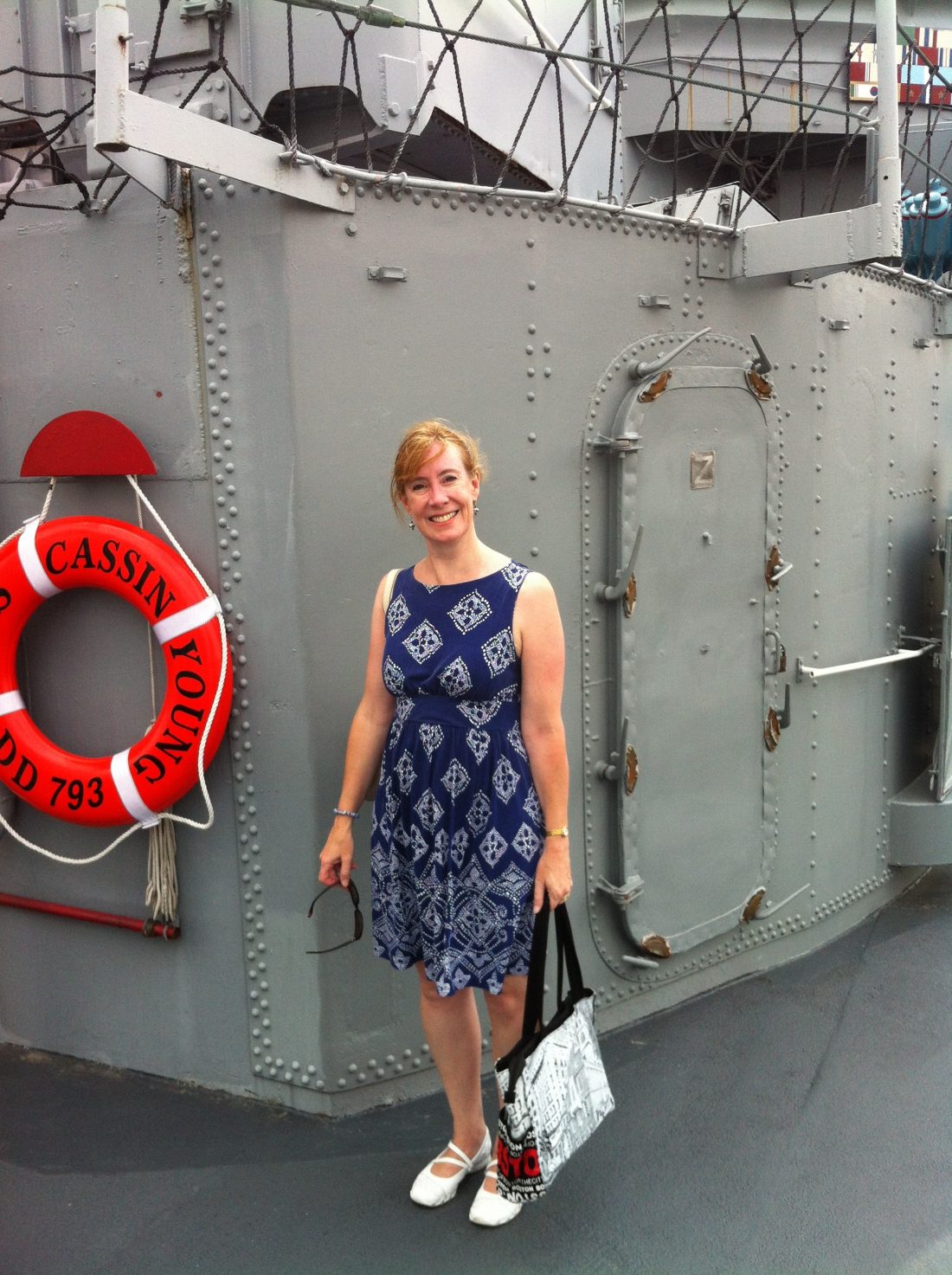
Please see my blog posts, where I share pictures from my tours of Fletcher-class destroyer USS Cassin Young (Charlestown Navy Yard, Boston, MA), Gearing-class destroyer USS Joseph P. Kennedy (Battleship Cove, Fall River, MA), and equipment on battleships USS Massachusetts (Battleship Cove, Fall River, MA) and USS Iowa (Long Beach, CA).
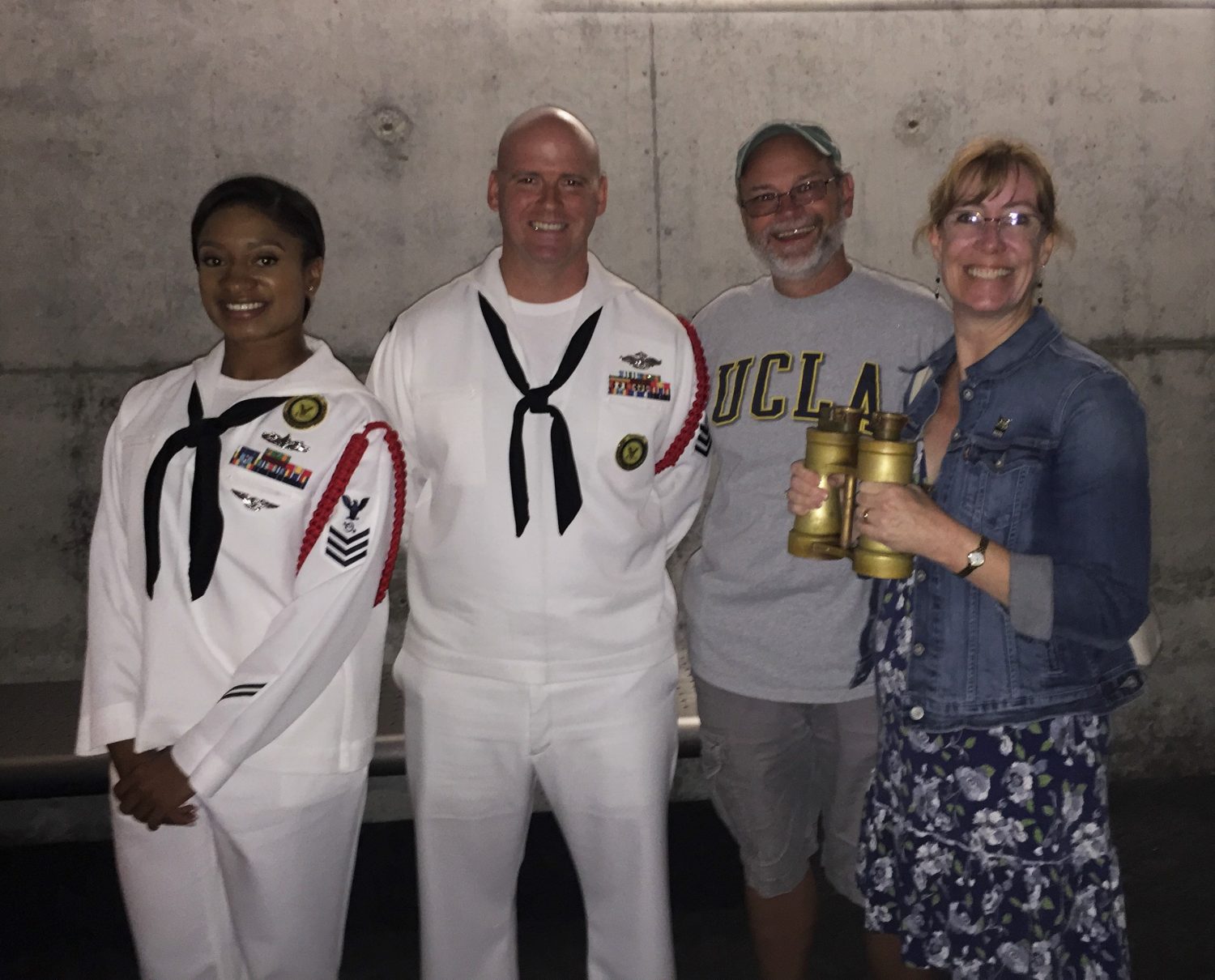
One of the most exciting but little-told tales of World War II has to be the capture of U-505 by the hunter-killer group led by the escort carrier USS Guadalcanal on June 4, 1944.
U-505 is currently on display at the Chicago Museum of Science and Industry and is the only U-boat on display in the western hemisphere. I can’t tell you how much I wanted to see it. So when our youngest son joined the Navy and went to boot camp at Great Lakes near—CHICAGO!—that was on my must-see list.
Bonus! At the museum, chief petty officer candidates from Great Lakes served as docents—including our son’s Recruit Division Commander, the gentleman in the picture to the right. He had stories to tell . . . In the picture, I’m holding the ACTUAL binoculars from the U-505. Phenomenal.
See the pictures and read the story of the USS Guadalcanal group and the capture of the U-505:

